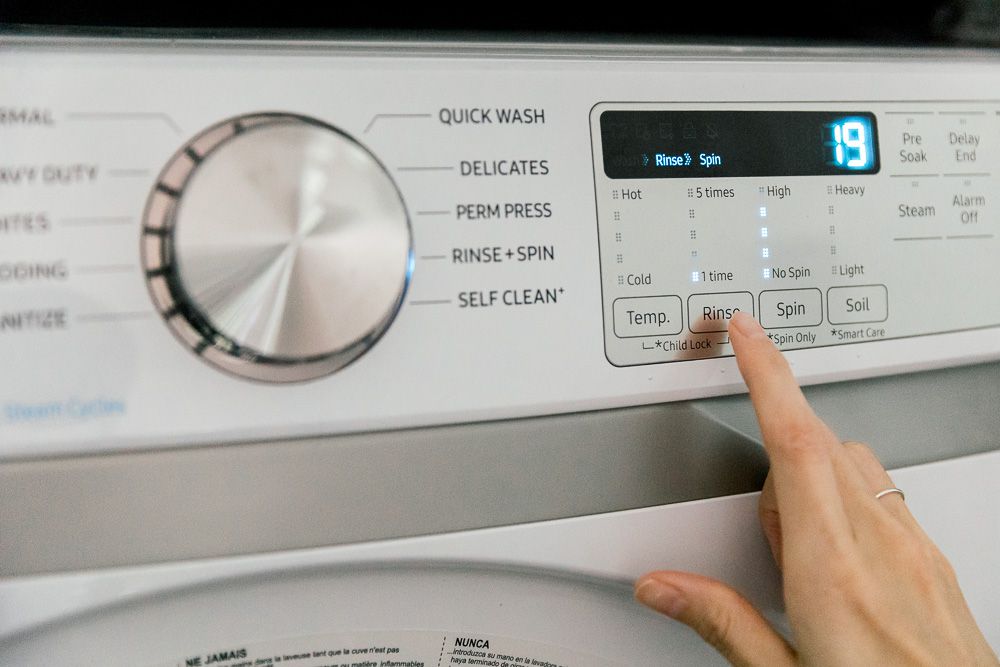When it comes to cleaning, a common question that often arises is whether hot or cold water is more effective at removing dirt. The answer isn’t quite straightforward as it largely depends on the type of stain, dirt, or material in question. However, generally speaking, hot water is often more efficient at removing dirt than cold water, but there are exceptions.
Hot water is typically more effective at dissolving and loosening dirt particles, making it easier to rinse them away. This is mainly due to the simple principle that heat tends to speed up chemical reactions, including dissolving. When hot water comes into contact with dirt or grime, it can help break down the oils and fats holding the dirt in place, allowing the soap or detergent to penetrate more effectively.
This is why we often use hot or warm water for various cleaning activities such as dishwashing, laundry, and bathing. The heated water works in tandem with soap or detergent to break down the dirt or grease, allowing for a more thorough clean.
Nevertheless, there are certain instances where cold water is actually more beneficial. Certain types of stains, particularly protein-based stains like blood, can set into fabric more firmly when exposed to hot water. The heat can cause the proteins to bind to the fabric, making the stain harder to remove. In such cases, cold water would be the better option. Cold water can also be more effective for delicate fabrics that might shrink or fade with hot water.
Moreover, washing with cold water can be more energy-efficient than using hot water, making it a more environmentally friendly option. Many modern washing machines and detergents are designed to be effective at lower temperatures, meaning you can still get a good clean while reducing your energy usage.
In conclusion, while hot water is generally more effective at removing dirt due to its ability to dissolve and loosen grime, the effectiveness of hot versus cold water can depend on the specific type of dirt or stain and the material it’s on. It’s always best to consider the type of dirt and material before deciding on the water temperature for cleaning.
Aylale HEMRANAZAROVA,
Student of the Institute of International Relations
of the Ministry of Foreign Affairs of Turkmenistan.







